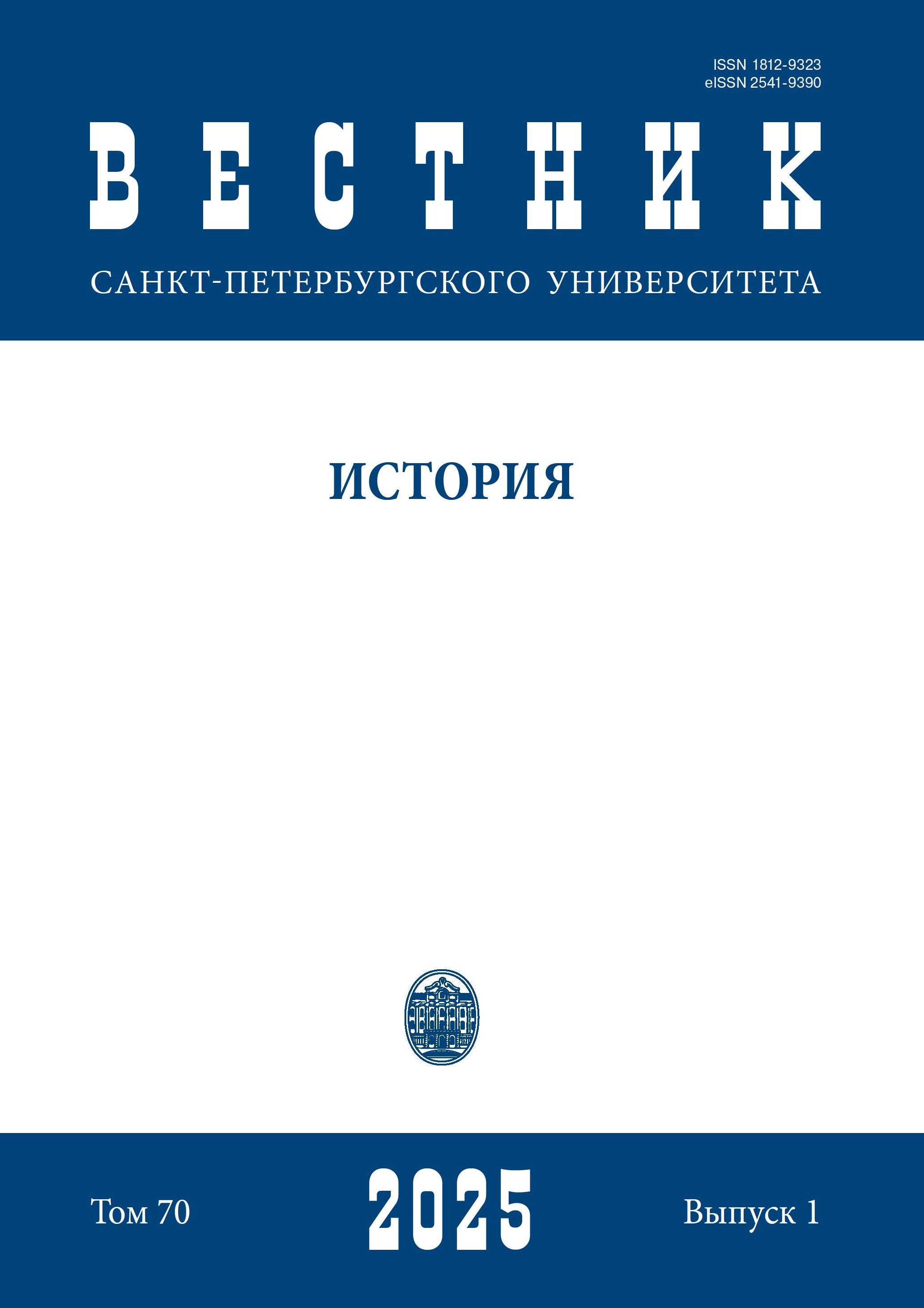Composite Portrait as a Method in Biological and Historical Anthropology
DOI:
https://doi.org/10.21638/spbu02.2025.115Abstract
- Galton’s method of composite portraiture is based on obtaining an integral image of a group based on images of individuals. Composite portrait and anthropological photography complement of standard descriptive and measurement techniques in ethnic anthropology. Anthropological photography and composite portraiture developed in Russia by objectifying of methods and obtaining photographical quantitatives. Currently, the method presented in the digital program allows one to obtain as increased clarity portraits and in the classical Galton’s technique, method has been verified and actively used in anthropological practice. In composites, the number of initial images and homogeneity of the group are essential of the final visual information and its biological interpretation. In the complete absence of typological of the sample unity, the portrait turns out to be “unreadable”. A composite portrait allows us to characterize: intra- and intergroup morphological variability, homogeneity of the sample, anthropological type, age, sex, ethnoterritorial and chronological variability, what is important in comparative studies using historical photography. The independence of the method from the imaging technique allows us to obtain a generalized anthropological description of ancient populations based on pictorial sources, which is relevant in the context of historical anthropology. Using the composite portrait and cephaloscopic description, significant results were achieved in the anthropological study of Russian portraiture of the 18th–19th centuries, Western European portraits of the 16th–17th centuries, and pictorial sources of the ancient Mediterranean. Museum collections with extensive iconographic materials on the anthropo- socio-cultural diversity of humanity can be studied with the composite portrait, a scientific tool for visualizing the anthropological appearance of ancient and modern populations.
Keywords:
F. Galton, composite portrait, anthropological photography, ethnic anthropology, population, morphological variability
Downloads
References
Downloads
Published
How to Cite
Issue
Section
License
Articles of "Vestnik of Saint Petersburg University. History" are open access distributed under the terms of the License Agreement with Saint Petersburg State University, which permits to the authors unrestricted distribution and self-archiving free of charge.





